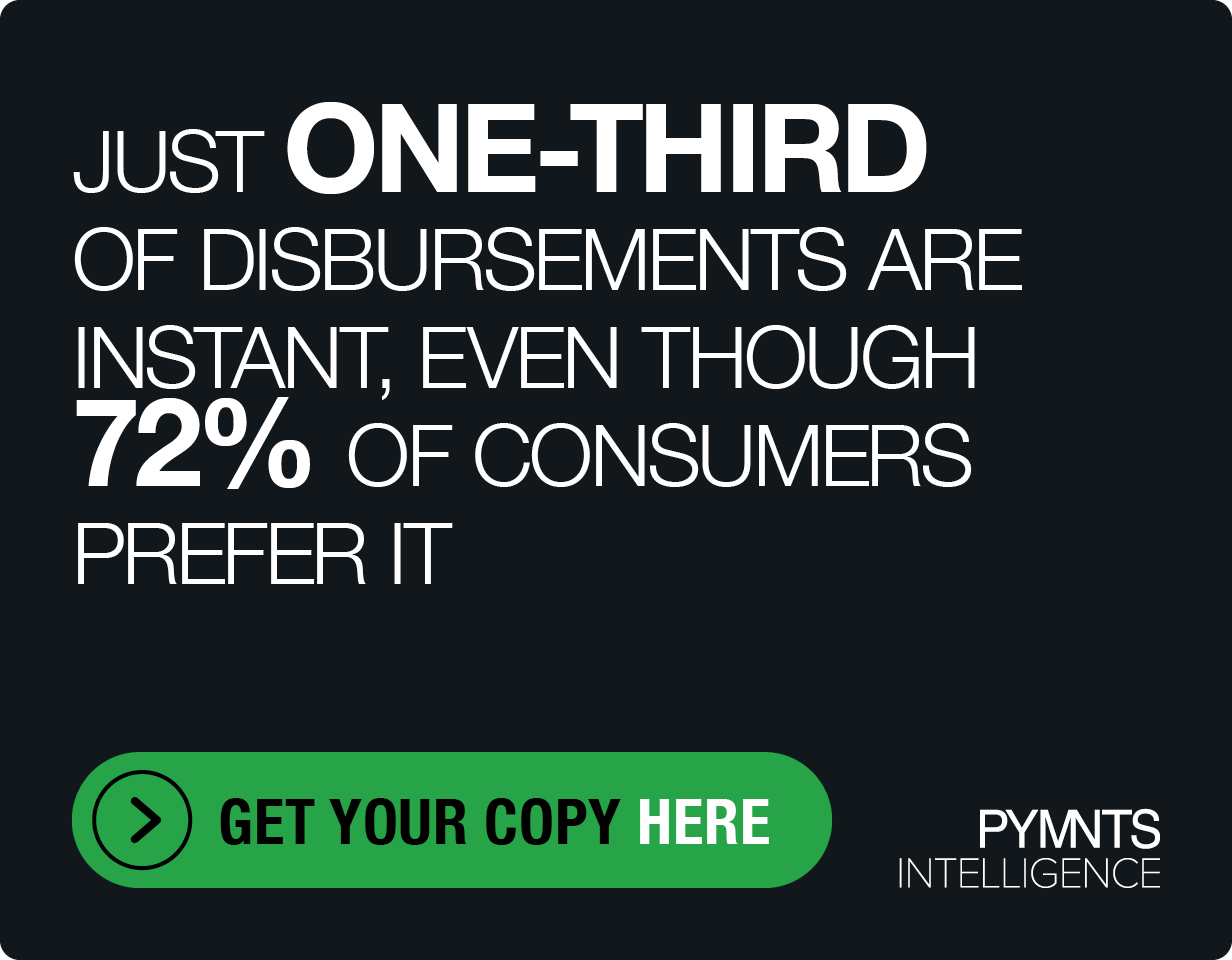Mid-tier Banks Look to Stablecoins, Interoperability to Win Business of Large Customers

Three or four years ago, Ron Totaro participated in B2B panels at Harvard discussing blockchain and crypto. “It was really nascent, really early, it was retail dabbling for the most part,” he told PYMNTS in a recent interview.
Over the last year, since the time he joined Tassat as CEO, large institutions have been getting into digital assets in general. “That’s a tailwind to what we’re doing,” Totaro said of Tassat, a blockchain-based B2B payments platform provider.
In fact, Tassat reported in a Nov. 17 press release that it has received a record number of inquiries from banks about its stablecoin offering. With the TassatPay platform, the company enables banks to issue cash-backed stablecoins that facilitate real-time B2B payments.
“We tend to target banks between $1 billion and upwards of $200 billion, but really $1 billion to $100 billion tends to be our sweet spot,” Totaro told PYMNTS. “These are the regional banks, the smaller-sized banks that can’t really compete with the big guys, the top 10 or 15 banks, or they’re worried about the large FinTechs or technology companies creating lending and payments platforms that are sweeping away their customers and their deposits.”
Creating Bank Stablecoins
Speaking with PYMNTS on Tuesday (Nov. 23), Totaro said that Tassat was planning to announce probably three new bank customers within the next three weeks, adding that there were as many as seven proposals in the pipeline.
He attributed this expansion in part to a growing interest in Tassat’s tokenized capabilities and creating bank stablecoins, following the release of a paper from the President’s Working Group on Financial Markets calling for their use.
“We’re a partner to the bank,” Totaro said. “We’re not trying to create our own stablecoin per se, but we are de facto because we’re giving banks the infrastructure, the platform and the wallets so that their customers can go do this. So, that’s really exciting positioning for us.”
Totaro said that just a month ago, the bank CEOs he spoke with were intrigued, but often uneducated, on the subject. Today, most of them understand the benefits of blockchain, stablecoins, blockchain payments and instantaneous payments.
“They get that but what they need is an infrastructure — a very sort of crawl, walk, run approach to enabling their banks to do such,” Totaro said. “And that’s where we have the market leadership advantage.”
When a bank signs on, the implementation takes about three months. Tassat uses application programming interfaces (APIs) to connect to financial institutions’ core banking systems.
Developing Interoperability
The company can also provide the technical interoperability the working group is calling for, allowing customers to move digital currencies from bank to bank.
Tassat plans to launch a member-owned network, which will allow banks to help model how governance and membership structures will work, and then propose that model to federal regulators.
“Bank CEOs are intrigued with this because, again, the size banks that we tend to be enabling, they in and of themselves cannot tackle a very large B2B vertical,” Totaro said.
A mid-tier bank, he said, would have a hard time winning the business for a big automaker or healthcare network on its own, but it could if it were part of a network of 30 or 40 like-minded banks with the same infrastructure, capabilities and security compliance
In that example, Totaro said, “We know that we have two good customers with good, green-lit wallets that can now move monies between them instantaneously on the blockchain. So, that’s the network that we’re going to be propping up and creating.”
